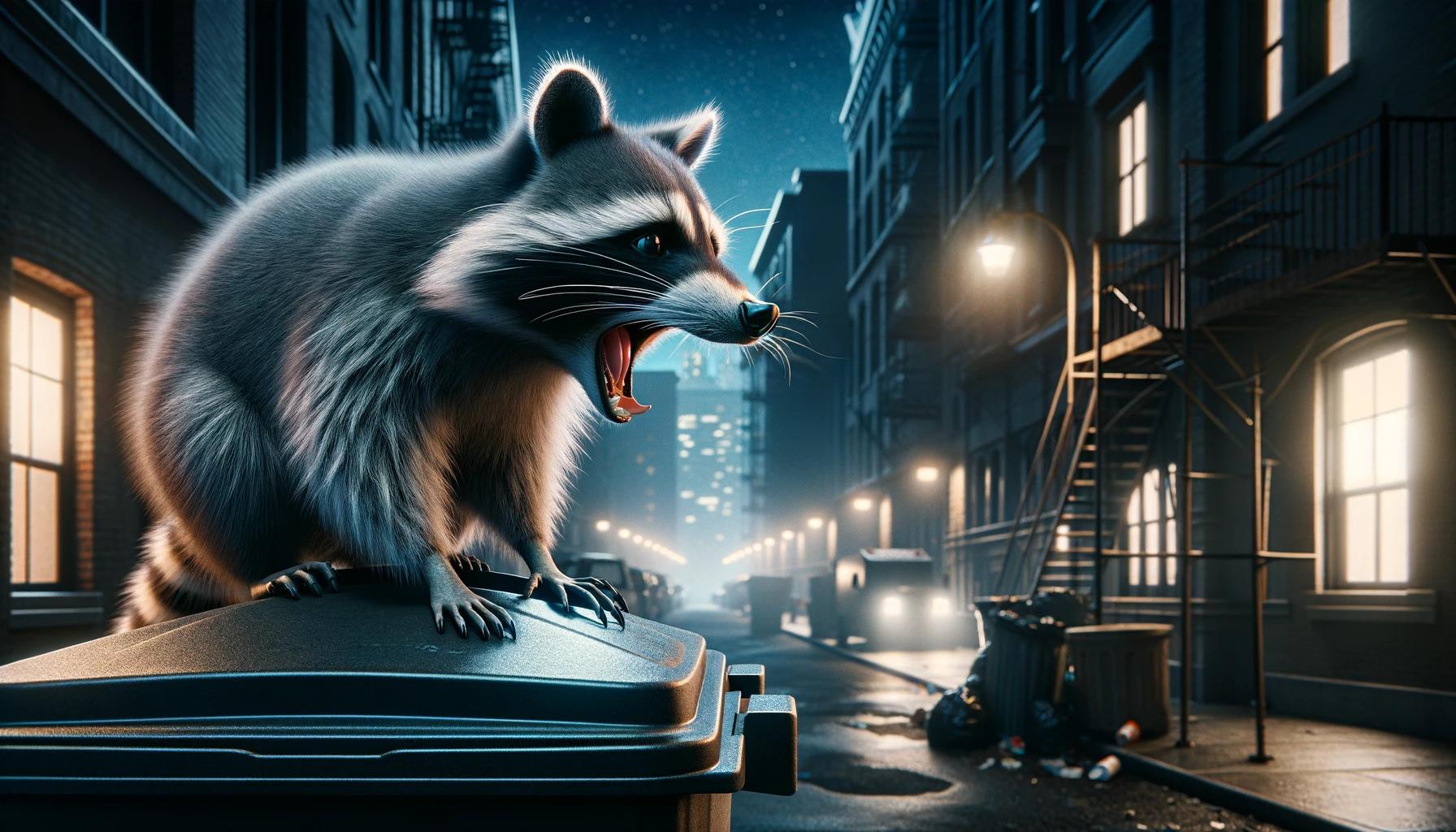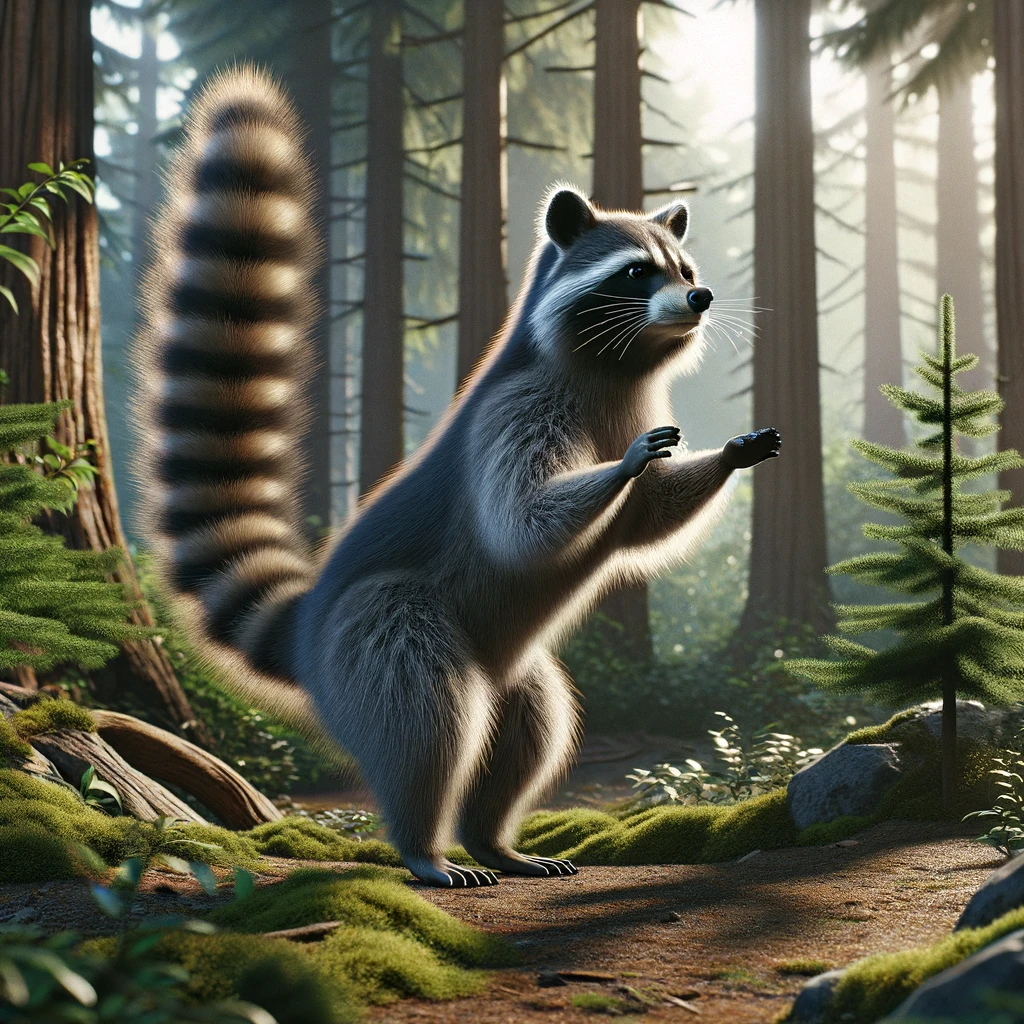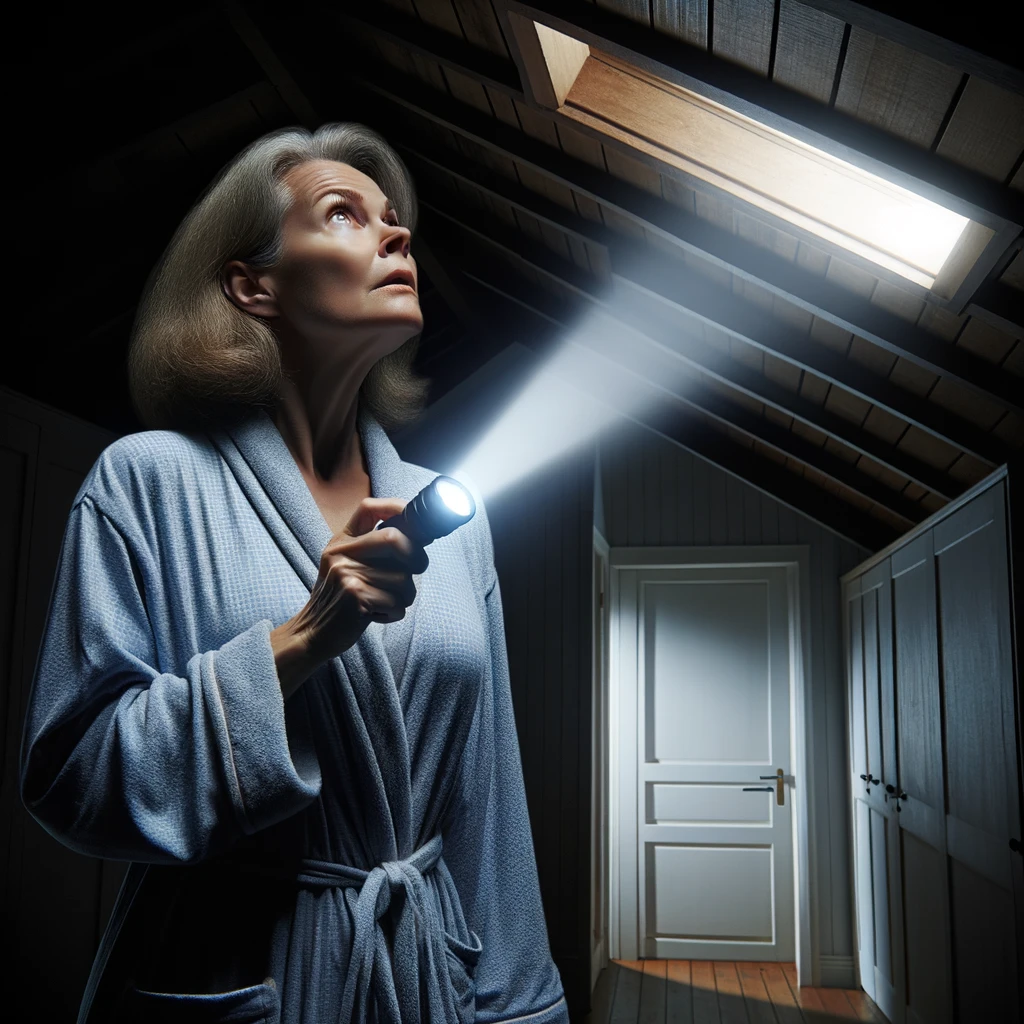
Raccoons are known for their unique vocalizations, which can be quite varied and intriguing. In this comprehensive guide, we will delve into the world of raccoon sounds, exploring their meanings, deciphering their communication, and understanding their behavior indoors and outdoors. So, grab your listening ears and let's begin our journey of understanding raccoon vocalizations!
When it comes to raccoon vocalizations, there is more than meets the ear. Understanding the sounds raccoons make can give us valuable insights into their behaviors, emotions, and intentions. Raccoons have a wide range of vocal expressions, each serving a specific purpose.
Raccoons use a diverse repertoire of sounds to communicate with one another. They can produce chittering, purring, growling, hissing, and even screaming sounds. These vocalizations serve as a form of social interaction between raccoons, allowing them to convey messages such as alarm, aggression, or mating calls.
Chittering is a common vocalization among raccoons and is often associated with excitement or playfulness. It is a rapid series of high-pitched noises that can be heard when raccoons are engaged in activities like chasing each other or exploring their surroundings. This sound is a clear indication of their joy and enthusiasm.
Purring, on the other hand, is a soothing sound that raccoons produce when they are relaxed or content. It is a gentle, rhythmic vibration that can be heard when raccoons are resting or grooming themselves. Purring is a sign of their comfort and satisfaction in their environment.
Growling and hissing are defensive sounds that raccoons use to warn others to stay away. These vocalizations are typically accompanied by physical displays, such as posturing and raising their fur, to intimidate potential threats. When a raccoon growls or hisses, it is a clear indication that it feels threatened and is ready to defend itself.
Screaming is a distress call that raccoons emit when they are in extreme pain or facing imminent danger. This high-pitched sound can send shivers down anyone's spine and is often a cry for help. When a raccoon screams, it is a desperate plea for assistance, signaling that it is in a life-threatening situation.
Raccoons also produce a variety of vocalizations specific to certain situations or behaviors. For instance, baby raccoons, known as kits, make unique mewing sounds when they are hungry, while adult raccoons may make trilling sounds to call their young ones. These distinct vocalizations help raccoons communicate their needs and maintain social bonds within their family groups.
During mating season, male raccoons let out high-pitched wails to attract potential mates. These mating calls can be heard echoing through the night, creating an eerie but fascinating symphony of love. The intensity and frequency of these calls can vary depending on the competition for mates and the availability of potential partners.
Furthermore, raccoons may communicate through a series of clicks, whistles, and grunts, which are often associated with communal feeding or territorial disputes. These sounds serve as a way for raccoons to establish their presence and assert dominance over resources. By paying attention to these distinct sounds, we can gain valuable insights into the complex social dynamics of raccoon populations.

While understanding raccoon vocalizations is important, it's crucial to remember that raccoons communicate through more than just sounds. They also rely heavily on body language, scent marking, and tactile interactions to convey messages to one another.
Raccoons use their dexterous front paws to touch and manipulate objects, which allows them to communicate information about their environment, such as the presence of food or potential danger. By observing their body language and scent marking patterns, we can get a deeper understanding of raccoon behavior and intentions.
In addition to vocalizations, raccoons also make use of visual displays, such as posturing and tail movements, to communicate dominance, submission, or aggression. These non-verbal cues play a significant role in raccoon communication and are vital for decoding their complex social interactions. For example, a raccoon may puff up its fur and raise its tail as a warning sign to other raccoons to back off, indicating its dominance in a particular territory.
By studying and interpreting the various forms of raccoon communication, we can gain a comprehensive understanding of their social structure, needs, and interactions. It is through this understanding that we can foster coexistence and appreciation for these fascinating creatures.
When the sun sets and darkness casts its spell, raccoons become more active, and their vocalizations take on a whole new significance. Identifying raccoon sounds after dark can help us gain insights into their nocturnal activities and behaviors.
But what exactly should we listen for? Let's explore some additional details about the sounds raccoons make during the nighttime hours.
One of the most common nighttime raccoon sounds is the pitter-patter of their paws on roofs or in attics. Raccoons are excellent climbers and often seek shelter in residential areas, which can lead to their presence being heard rather than seen. These sounds can range from gentle scuffling to loud thumping, depending on the size of the raccoon and the materials it encounters.
But did you know that raccoons also communicate through a variety of vocalizations? In addition to the sounds of their paws, you may hear chattering noises, which are often a sign of excitement or agitation. These chattering sounds can range from soft clicks to rapid, high-pitched vocalizations.
Another distinctive nighttime raccoon sound is their vocalizations during territorial disputes. Male raccoons may engage in intense vocal battles, growling and hissing to establish dominance over their territory or to attract potential mates. These vocalizations can be quite eerie and may echo through the night, adding an air of mystery to the raccoon's nocturnal world.
While raccoon noises can be intriguing, it's important to be aware of any unusual sounds that may indicate a rabid raccoon is nearby. Rabies is a serious viral disease that affects raccoons and can cause aggressive, erratic behavior.
If you hear a raccoon producing strange, high-pitched screams or excessively aggressive vocalizations, it is advisable to keep your distance and contact local wildlife authorities for assistance. Rabid raccoons pose a significant risk to human and pet health, so it's crucial to exercise caution and report any suspicious behaviors.
Remember, raccoons are fascinating creatures that thrive in the cover of darkness. By listening closely to their sounds and understanding their behaviors, we can gain a deeper appreciation for these elusive nocturnal neighbors.
When raccoons venture indoors, they bring their unique vocalizations with them. Interpreting raccoon sounds in the attic and on walls can provide valuable insights into their behavior and help address any potential issues.
Raccoons, known for their dexterous paws and masked faces, are highly adaptable creatures that have thrived in both rural and urban environments. Their distinctive vocalizations range from chittering and purring to growling and hissing, each serving a specific purpose in their communication repertoire.
If you hear scratching, tapping, or thumping sounds coming from your attic or walls, it's likely that raccoons have made their way inside. Raccoons are skilled climbers and can find their way into buildings through small openings or damaged vents.

Once inside, raccoons may exhibit curious behaviors such as rearranging objects, chewing on wires, or leaving behind droppings. Their keen sense of smell and sharp claws enable them to forage for food and create sheltered spaces for nesting, often leading to structural damage and potential health hazards.
When raccoons take up residence in attics or walls, they may create nests for their young and produce loud vocalizations, especially during mating season. Listening to these sounds can help determine the presence of raccoons and guide appropriate measures to address the situation.
Please note that it is essential to seek professional assistance when dealing with raccoons indoors, as they can become territorial and pose health risks to humans and pets if cornered or frightened.
Understanding raccoon sounds is not just about deciphering noises; it's about decoding their intricate language of communication and gaining insights into their world. By paying attention to their vocalizations, body language, and behaviors, we can develop a deeper understanding and appreciation for these curious creatures.
Raccoons are remarkable animals with a complex social structure and a wide array of vocal expressions. So, the next time you hear a raccoon chitter or growl, take a moment to reflect on the fascinating communication happening beneath the surface.
Remember, it's not just about hearing raccoon sounds; it's about understanding the stories they tell.